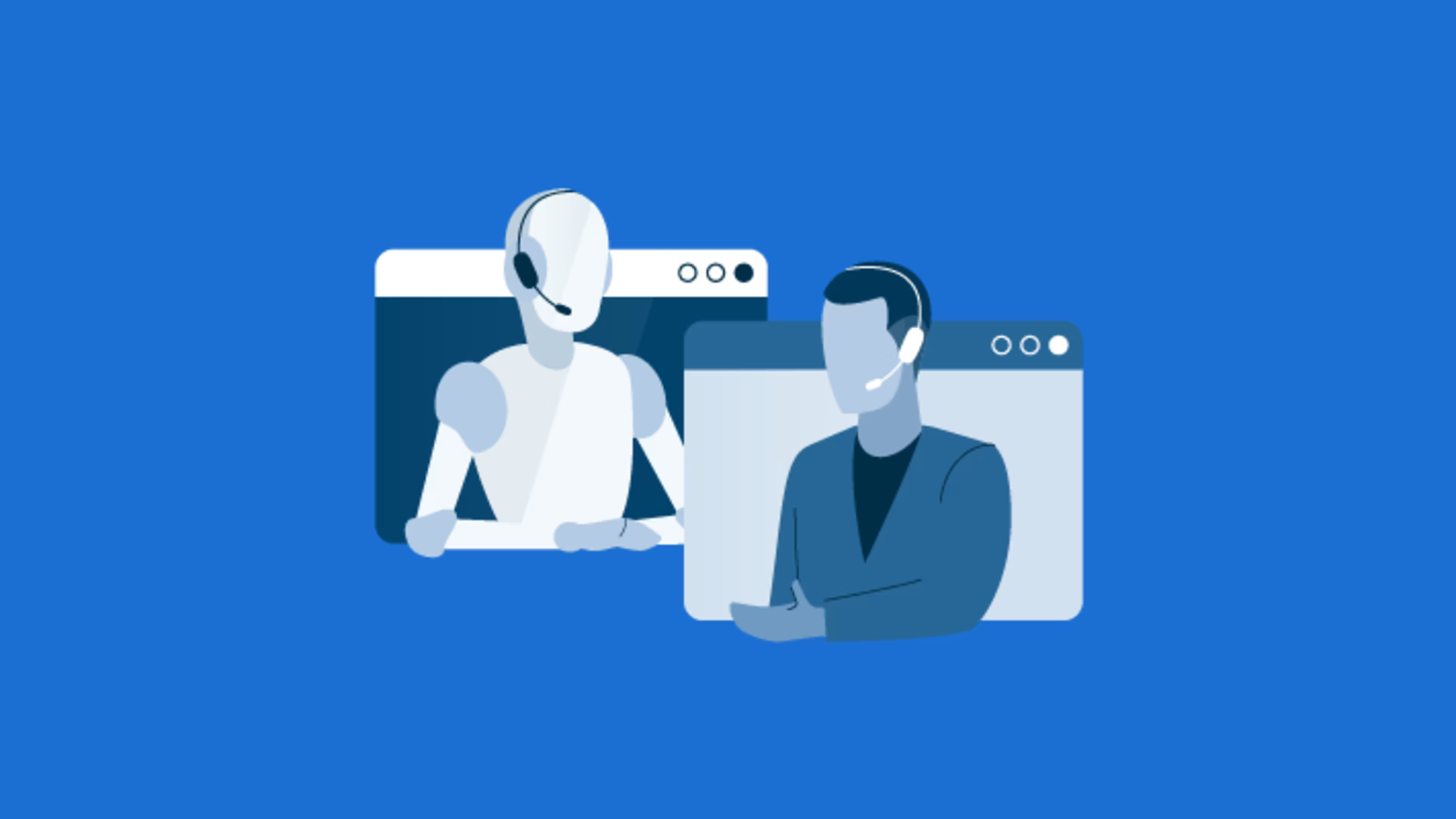For the best customer experiences, don’t lose the human touch.
"Video Killed the Radio Star" is an iconic song released by the Buggles in 1979. Two years after its release, it was the first video ever shown on MTV, a new cable TV channel that would go on to revolutionize the music and entertainment industry
The song was written to create awareness about how modern media—as in video—could negatively impact the music world. For a number of years, clients have asked me if digital customer support and/or AI (artificial intelligence) could ever replace human-to-human customer support.
Just as video did not kill the radio star, digital and AI experiences won't kill the live, human-to-human interactions that are needed to resolve customers’ questions, problems, and complaints.
That said, there are plenty of opportunities to take care of customers’ needs digitally, such as checking order status or confirming receipt of payment. But at some point, depending on the severity of the issue or problem, the customer could still need to talk to a human.
/ Tip
Interactive chatbots can provide customer service for certain issues before human intervention is needed.
Why is this important? My own customer service research finds that while 71% of customers are willing to use digital channels, their first choice in connecting with a company or brand is still the traditional phone method.[1] You can’t get away from the human experience, even if you want to.
A case study of how to get digital customer service right
The airline industry is an excellent example of how to go about getting customers to embrace the digital experience. Back in 1999, in the early days of the internet, Northwest Airlines (now Delta) introduced online check-in.
It was a great way for passengers to save time, especially if they didn’t have luggage to check. It also allowed airline employees to handle more complex or personalized tasks at the desk prior to boarding, saving time and money for the airline, as well.
To get passengers to use this new digital experience, the airline gave them an incentive in the form of extra frequent flier miles. That was enough to get passengers to try it, and once they realized it was easy and worked, they seldom ever went back to waiting in line at the airport to check in.
From there, the airline did the same thing for online reservations. While these online procedures were still new, a friend called me to share his incredible experience on his Delta flight. He told me he was able to buy his ticket online, check in online, and didn’t have to deal with any airline employees until he arrived at the gate to board his flight.
I asked, “Are the airline employees that bad?”
He responded, “No, they are great. It’s just that the airline created this great system that is so easy and saves me time; I don’t have to wait on hold to book a flight or stand in line at the airport. Of course, if I need help, there is going to be someone to help me.”
That last sentence is the most important one. My friend knew there would be someone to help if needed, and that's how the digital experience should be.
If it isn’t working, there should be an easy, seamless way to get help from an individual. That’s how you do digital right.
/ The takeaway
Try to get your customers to use digital channels first (if appropriate), but if they don’t get what they want or need more help, make getting to a human as frictionless as possible.
Find the right service for your business in Capterra's list of artificial intelligence companies in the U.S.
Be careful not to get your digital customer service wrong
Some brands and companies choose to push digital so hard that they make it difficult for customers to connect with a live agent or salesperson for help. There are two reasons for this:
Businesses want to replace human interaction with self-service and digital experiences.
Businesses become so enamored with the technology that they think the customer will appreciate it more than traditional human-to-human support.
Use services to help provide your staff with even more support for CX.
For the company that believes it can fully replace human interaction with digital experiences, I have three words of advice for you: Don’t do it! The digital experience may be wonderful … until it’s not. Successful customer support requires a balance of digital and human-to-human interactions. For something straightforward, such as checking order status or confirming that a payment went through, digital support makes sense. But when there are bigger issues or when a customer is just struggling, make it easy to connect with a person on your support team.
Businesses that don’t make this easy risk losing their customers to a less frustrating experience.
Don’t abandon the human touch
While the digital experience is attractive and helpful, it’s the human interactions between a company and its customers that build relationships your competitors will find difficult to break.
If you solely focus on digital interactions, you risk losing your brand's personality that may have attracted a customer in the first place. In effect, you're commoditizing yourself with little or no human interactions.
The key is balance; I can’t emphasize this enough. Ask your customers to use your digital tools, teach them how to use these tools, and reward them when they do. But, when they want to connect with one of your people, make it easy to do so.
Let’s wrap this up with one of my favorite sayings: The greatest technology in the world hasn’t replaced the ultimate relationship building tool between a customer and a business: the human touch.
If you’re interested in learning more about customer experience, check out these resources from Capterra:

